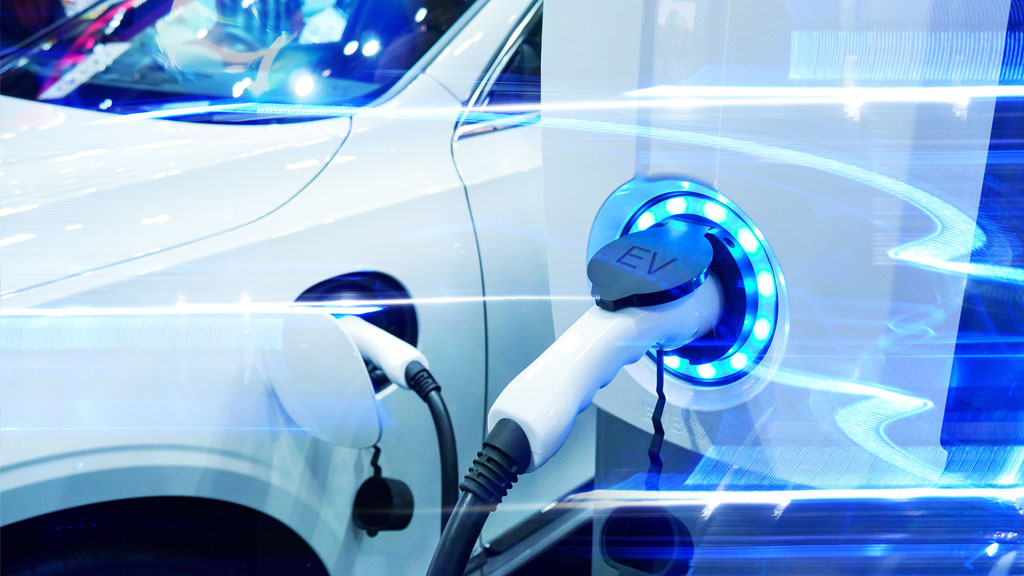Why Microchips and Video Cards Are in Short Supply (It’s Not What You Think)
What do microchips have to do with computer game events? Think of microchips as the engine that runs the industry (and these days the entire world for that matter), quite literally. The supply and demand of microchips will often correlate very closely with the availability of the latest hardware that powers data centers and gaming computers across the world. This has especially been the case in the last few years as new consoles and mobile devices give rise to a new wave of games.
Unfortunately, supply and demand of these microchips has been as rocky the past year as a ship stranded out at sea amidst a typhoon. We’re seeing crazy prices throughout the entire supply chain with shortages and unavailability components across a range of products. While the impact is especially felt in the PC and current-gen console gaming industry, we’re seeing the effects play out across industries from cars to cameras to compost processing.
Yes, that’s right — even machines that process farm compost require microchips now.
THE REASONS
COVID-19

The most obvious reason you might believe that caused chip shortage is actually not the largest — but it certainly hasn’t helped — and that is COVID-19.
COVID-19 sent the world into a still very strained pause on manufacturing and the supply chain. While most of the supply chain quickly returned (and in some cases exceeded capacity with things like sanitization lotions and face masks), it also hampered continued production of existing electronics and the research for upcoming new ones. Even today in mid-2021, there are talks about CPU manufacturers of pushing back certain products due to the tight supply.
In some cases, we’re talking about entire countries and not just industries dealing with restricted capacity due to COVID-19. Consider Malaysia, for example:
With Malaysia in the midst of its third national lockdown to try to stem a surge in #COVID19 cases, the vital electronics sector has been allowed to continue operating, albeit at only 60% of its normal workforce. pic.twitter.com/DaIKLtLaxb
— CGTN Global Business (@CGTNGlobalBiz) June 10, 2021
Expect to see this messy, complex issue to be a big part of numerous conversations at hardware-focused events, like the upcoming Hot Chips among other events.
Consider the effect COVID-19 had as ultimately a temporary one that shocked the industries and countries into a pause. Once we better understood the virus and what we were dealing with, it helped lay out a path forward toward stability and normalcy.
CRYPTOCURRENCY MINING

Value of cryptocurrencies were driven through the roof during the pandemic from new investors and improved graphics cards that could quickly unlock the next bitcoin, dogecoin, and at least two dozen of something-coins that have now popped up. Given that cryptocurrency mining is just about a GPU-exclusive area of technological abuse (if you want to make serious money mining, anyway), I’m happy to report that GPU manufacturers are finally taking steps to curb the use of GPUs for mining.
At first they released a software update to certain cards that limited the hashrate of the cards (their ability to efficiently mine), but then shot themselves in the foot by accidentally releases a patch for that limiter through beta drivers. They’ve since smarted up and have been updating the cards on a hardware level to make it (likely) impossible to crack. This fix though of course requires new cards which are just now starting to be released to the public.
And finally let’s now cover the next topic that could create a much longer-term effect on the shortage of microchips (and by extension possibly yet still video cards).
ALL-ELECTRIC VEHICLES AND ALL-THE-THINGS

COVID-19 has been a natural (probably) calamity. Cryptocurrency is the result of technological growth and the astonishingly capacity for humans to fully take advantage of a situation when it presents itself.
To add insult to injury, we’re now facing a third wave of supply issues due to the simply interest in having microchips and fancy-schmancy electronics in just about everything we operate, and that, of course, includes the vehicles that get us from the store to home for many of these devices of interest.
Over the past several years electric vehicles have seen a mass increase in interest. One could argue that the rise of Tesla helped jolt the industry into action, maybe even more than the ideals of resolving the climate crisis have been doing. Tesla made it cheaper to own an electronic vehicle, and perhaps just as importantly, they made it a hot social item to have. Cars were always a model of success of the driver, and now more so than ever with Tesla vehicles.
To top it off, the car industry had a shortage of a lesser degree back in 2018 and ended up hoarding chips to try and compensate. Today it’s the same but only more severe.
COMPLEXITY BREEDS RISK
And finally, to add insult to injury, Taiwan where TSMC is based (and manufacturers over 50% of the chips the world uses) is in the midst of a severe drought. Water is a huge requirement for chip manufacturers to properly clean silicon wafers. Any instability in the nature order of things can disrupt increasingly lengthening supply chains to make an end product, especially if those supply chains are already strained and at max production capacity.
One wonders why we allow manufacturers to flock to places like Phoenix, Arizona then. Economic considerations of these areas aside, complexity simply breeds risk that ends up catching up with the system sooner or later.
RETURNING TO NORMAL
When will supply chains return to normal? The situation is already starting to gradually improve for graphics cards and current-gen consoles like the PlayStation 5, Xbox Series S|X and Nintendo Switch. There are signs that all-electric vehicle production is beginning to pick up too. But expect that it’s going to take some time, maybe several months, for normalization and stabilization to visit the silicon side for the PC gaming industry. For all industries? Normalization may take another year or so, and that’s assuming no other disruptions occur in the meantime.
What’s worrisome is some companies like Nvidia are seemingly taking advantage of the situation to raise prices knowing supply is exceedingly tight and that scalpers will continue to raise prices even more. Will we eventually return to prices that even closely match MSRP? Prices may never go back to MSRP until there’s a glut of excess cards on the market long-term that forces prices to equalize.
With so many variables in play, ultimately only time will tell whether gaming hardware will be more widely available at less at less inflated cost. Keep your fingers crossed, folks.



